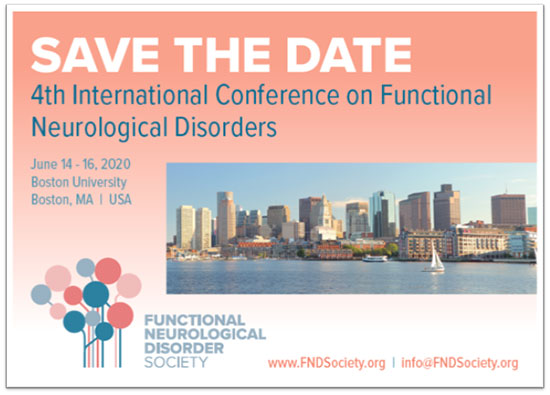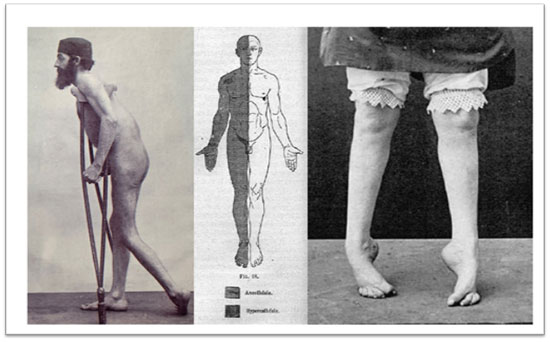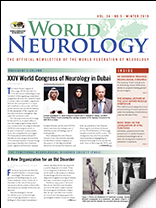By Jon Stone, Alan Carson, and Mark Hallett
Functional symptoms and disorders should be familiar to any practicing neurologist. The patient has a genuine and disabling symptom, such as limb weakness, tremor, blackouts, or dizziness, but the clinical history and examination shows positive evidence that the symptom is a disorder of function, not structure.

Figure 1. Photos and illustrations of functional neurologic disorders from Volume 1 of Nouvelle Iconographie de la Salpêtrière, Jean-Martin Charcot’s “in house” journal from 1889 show how the disorder has remained clinically unchanged over time3
Typically, findings of internal inconsistency, such as Hoover’s sign of functional leg weakness or typical findings of a functional (non-epileptic) seizure, should point the way and allow a positive diagnosis to be made. These are not diagnoses of exclusion, should not be made on the presence or absence of psychological factors, and can be diagnosed alongside neurological diseases that may commonly accompany them.
Studies in many parts of the world have shown that functional disorders are one of the most common reasons for neurological consultation. Despite this, the topic has often been invisible in curricula and training programs for neurologists. Patients commonly remain stigmatized and poorly treated.
It was not always so. Neurologists in the 19th century, such as Charcot, Gowers, and Oppenheim, recognized that hysteria as it was known then, was a fascinating, common, and potentially treatable part of their general neurology practice. (See Figure 1.) They devoted long sections to it in their textbooks, took a multidisciplinary view of its causes and treatment, and offered practical advice to all neurologists in how to manage it. With the rise of psychoanalytic theory and the clinico-pathological method, neurologists in the 20th century largely lost interest in the condition, although they never stopped seeing the patients.

The 4th International Conference on Functional Neurologic Disorders, and the first organized by the new Functional Neurological Disorder Society, will meet in June 2020.
Over the last 10 to 15 years, increasingly high quality research on clinical phenotyping and diagnosis, aetiology, mechanism, and treatment has resulted in more awareness, interest, and evidence1. Developments in functional imaging have enabled us to study the “dynamic lesion” of FND that Charcot predicted in 18892.
The new Functional Neurological Disorder Society (FNDS) launched in 2019 and affiliated with the WFN represents another important step in neurology and medicine’s relationship with these disorders.
An international meeting held in Edinburgh in 2017, generously sponsored by the Movement Disorders Society, the National Institutes for Health, American Epilepsy Society, and others, attracted 550 delegates and highlighted how FND specific services, often originating in neurological centers, have been growing over time. The focus of our organization is providing a forum for health professionals to exchange ideas, and advance research and education for the benefit of patients with FND.
Applications are open to join the new FNDS as a founding member for a limited period until June 2020. We have organized another international meeting in Boston June 14-16, 2020, after which ordinary membership applications will be received. You are invited to join a multidisciplinary audience from neurology, psychiatry, psychology, allied health, nursing, and others. •
Jon Stone and Alan Carson are from the Centre for Clinical Brain Sciences, University of Edinburgh, in the United Kingdom. Mark Hallet is from the Human Motor Control Section of the National Institutes of Health in Bethesda, Maryland. The three also serve as leadership of FNDS: Hallet is president, Carson is treasurer, and Stone is secretary. For more information, contact Jon.Stone@ed.ac.uk.
References
- Hallett M, Stone J, Carson A (eds. . Functional Neurologic Disorders: Handbook of Clinical Neurology (Volume 139). Amsterdam: : Elsevier 2016.
- Aybek S. Corticolimbic fast-tracking in functional neurological disorders: towards understanding of the ‘dynamic lesion’ of Jean-Martin Charcot. J Neurol Neurosurg Psychiatry 2019;0:jnnp-2019-320597. doi:10.1136/jnnp-2019-320597
- Charcot J-M. Nouvelle Iconographie de Salpetriere. Clinique des maladies du systeme nerveux. Publiee sous la direction du par Paul Richer, Gilles de la Tourette, Albert Londe. Paris: : Lecrosnier et Babee 1888.
